Throughout history, humans have left their mark in a variety of ways, and some of the most captivating examples come in the form of ancient cave paintings. These artworks, scattered across the globe, provide us with a glimpse into early human life, beliefs, and interactions with the natural world. These span tens of thousands of years and showcase the artistic abilities of our ancestors. In this article, we explore some of the oldest known paintings around the world, reflecting on their significance and the cultures that created them.
Bhimbetka Rock Shelters (12,700 BCE, India)
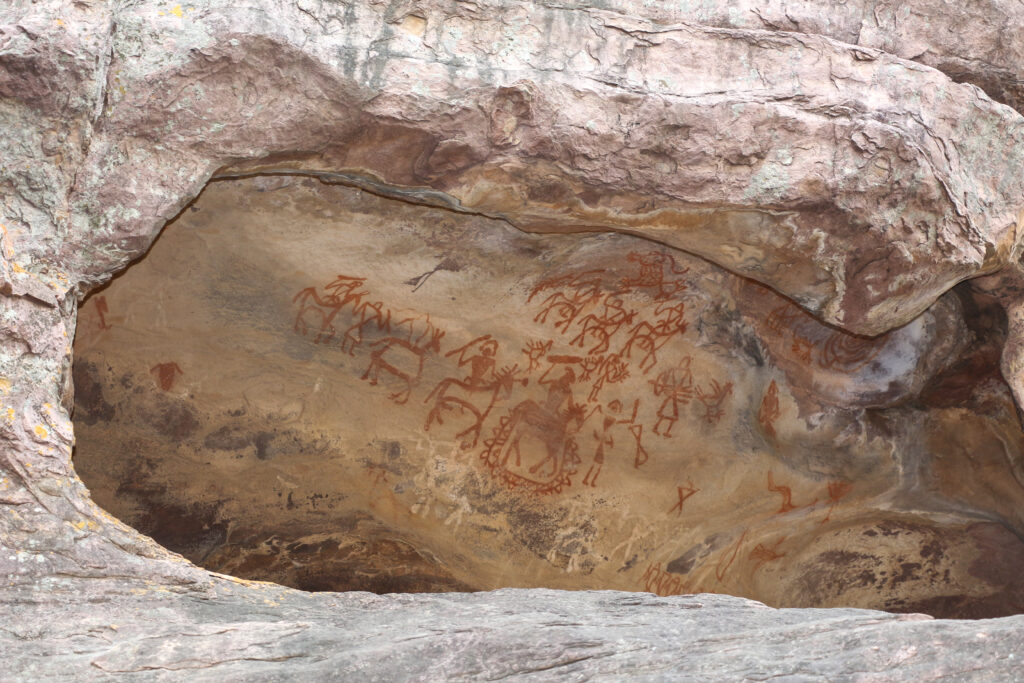
The Bhimbetka Rock Shelters in central India house more than 600 rock paintings, with some dating as far back as 12,700 BCE. These vibrant depictions primarily showcase animals, such as tigers, bison, and rhinoceroses, but also include human figures engaging in daily activities like hunting and dancing. They were created using natural pigments, with red and white being the most prominent colors, although yellow and green were occasionally used. The rock shelters were occupied by humans for thousands of years, and the paintings represent different periods, ranging from the Mesolithic to the early historic eras. It provides valuable insight into the evolution of human society in the region, particularly the transition from a hunter-gatherer lifestyle to settled agricultural communities. The site was declared a UNESCO World Heritage Site in 2003, further emphasizing its cultural importance. Some of the paintings are located on the ceilings of the shelters, demonstrating the artists’ ability to reach great heights for their work.
Lascaux Cave Paintings (17,000 BCE, France)
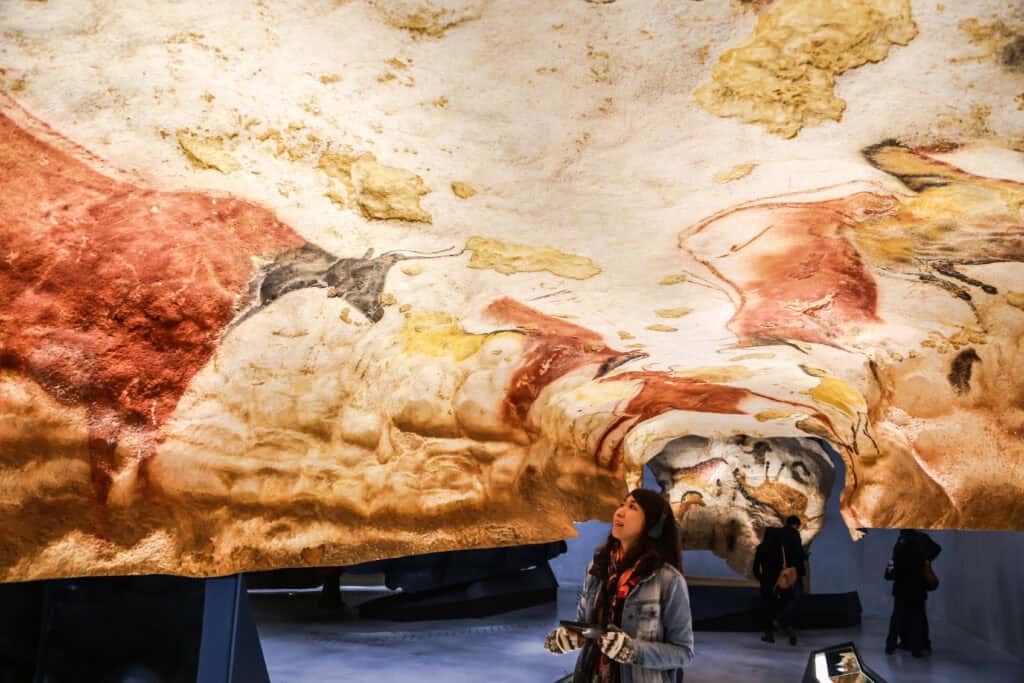
The Lascaux Cave paintings, located in southwestern France, date back to around 17,000 years ago. These artworks, which depict animals such as bulls, horses, and deer, are celebrated for their grandeur and impressive size, with some figures reaching up to 17 feet in length. Found in 1940 by a group of teenagers, the cave’s interior has since been called the “prehistoric Sistine Chapel” due to its breathtaking beauty. The pigments used in these paintings were derived from minerals, including iron oxide for reds and manganese for blacks, and were often applied using rudimentary tools or by blowing through hollowed-out bones. The most iconic section of the cave is the Great Hall of the Bulls, where four massive bulls dominate the walls. The precision of these paintings suggests that early humans had a profound understanding of their environment and the animals that inhabited it. Interestingly, many of the paintings are located far from the cave entrance, indicating that the artists used fire or torches to illuminate their workspaces.
Kakadu National Park Rock Art (20,000 BCE, Australia)
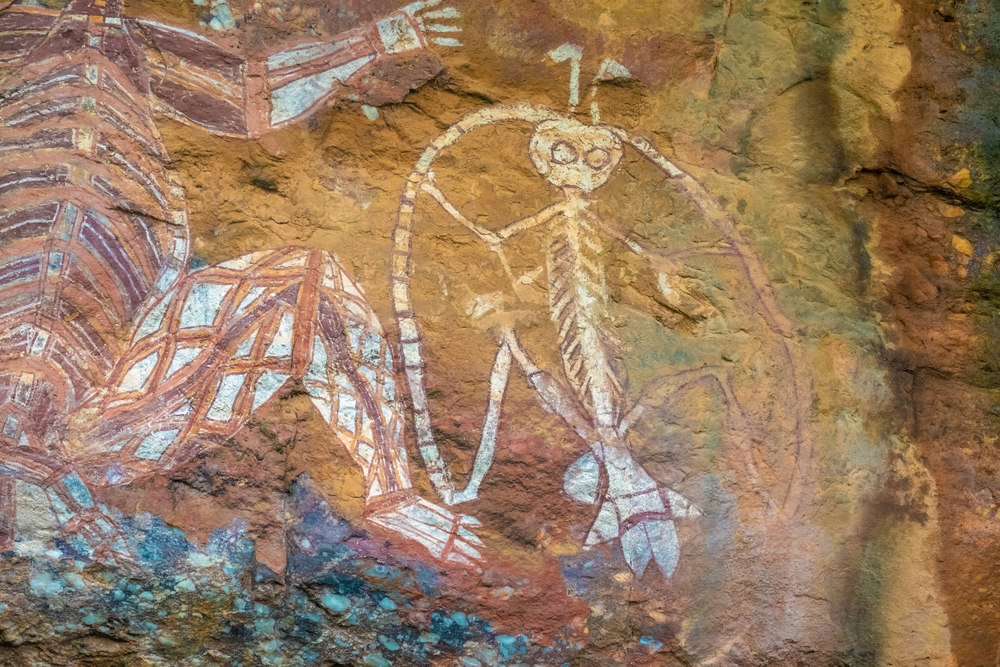
Kakadu National Park in Australia is home to some of the oldest rock art in the world, dating back over 20,000 years. The paintings, made using natural pigments such as red ochre and white clay, depict a variety of subjects, including animals, hunting scenes, and spiritual beings. The Aboriginal people of the region created these works over millennia, leaving behind a vivid record of their culture and connection to the land. The art not only reflects the everyday life of these early Australians but also includes ceremonial and symbolic imagery, suggesting a deep spiritual life. Some images were painted over older ones, indicating that this was a living tradition that evolved over time. The detailed depictions of now-extinct animals, such as the thylacine, provide valuable clues about the region’s ancient environment. The park is a UNESCO World Heritage site, protecting this incredible cultural heritage and ensuring its preservation for future generations.
Serra da Capivara Paintings (23,000 BCE, Brazil)
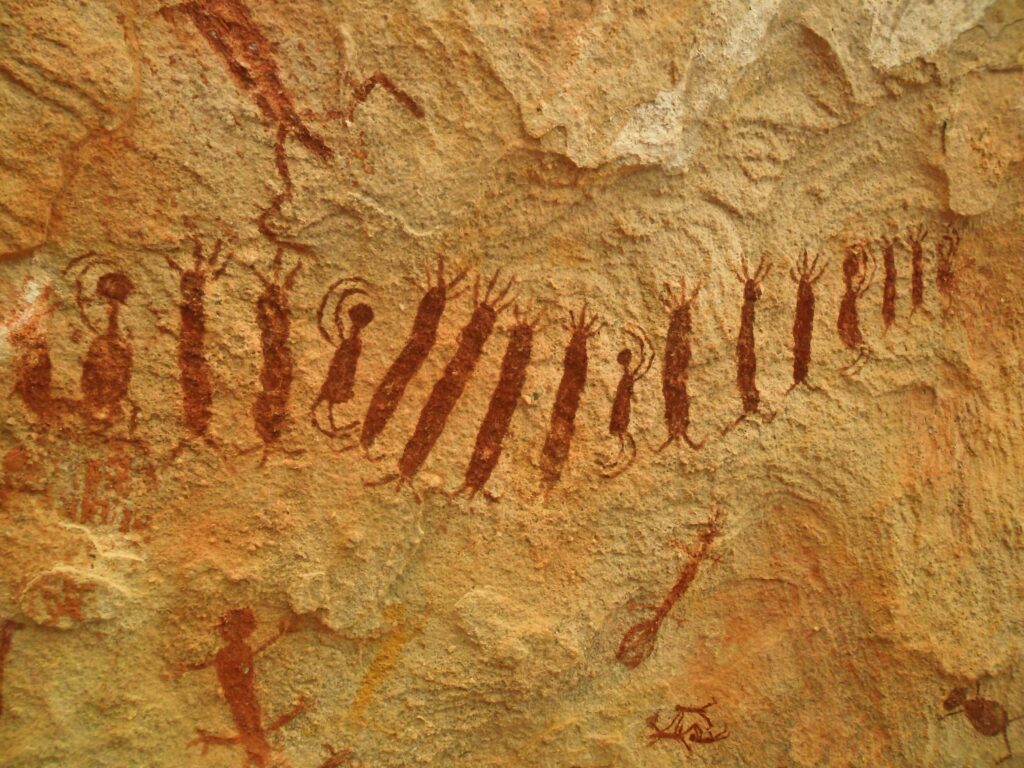
The Serra da Capivara National Park in Brazil is home to some of the oldest known cave paintings in the Americas, with some dating back to around 23,000 BCE. These paintings, found in rock shelters, depict scenes of hunting, dancing, and rituals, often involving human figures and animals such as deer, capybaras, and jaguars. The artists used red pigments derived from iron oxide to create their intricate scenes, which also include abstract shapes and geometric patterns. The discovery of these paintings has sparked debates among archaeologists regarding the timeline of human migration to the Americas, as their age suggests that humans may have settled in the region much earlier than previously thought. The art of Serra da Capivara provides a unique window into the beliefs and social practices of early human inhabitants in South America. Despite their age, they are remarkably well-preserved, thanks to the region’s dry climate and the protective overhangs of the rock shelters.
Apollo 11 Cave (25,000 BCE, Namibia)
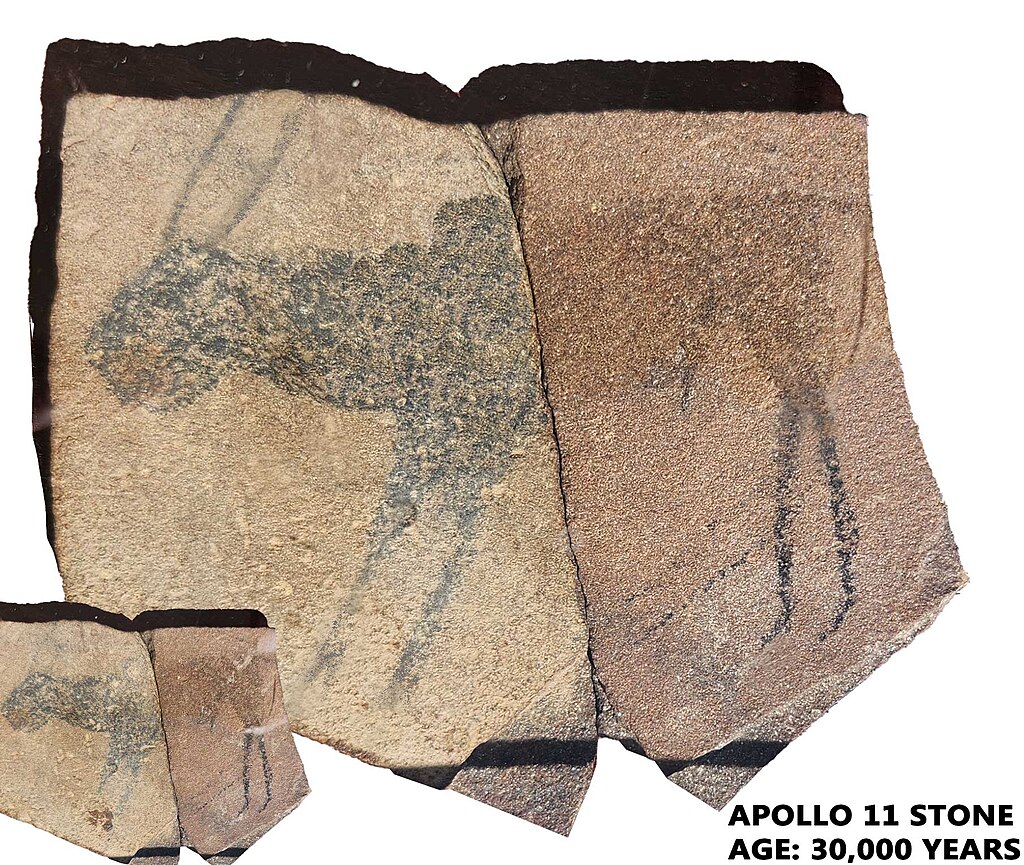
Apollo 11 Cave, located in southwest Namibia, is home to some of Africa’s oldest known rock art, dating back between 25,000 and 27,000 years. It was named after the Apollo 11 moon landing, which occurred around the time of the cave’s discovery in 1969. Inside, archaeologists found seven stone slabs with depictions of animals, which are some of the earliest examples of figurative art in Africa. The animals are painted in black and white, using charcoal and other natural pigments. These early artworks are thought to have been created by hunter-gatherer communities, providing insight into the spiritual and cultural lives of these ancient people. The discovery of the Apollo 11 cave paintings has played a significant role in shaping our understanding of early African art. In addition to the slabs, it contains other, slightly younger engravings and paintings, adding layers to the site’s historical significance.
Chauvet Cave Paintings (30,000 BCE, France)
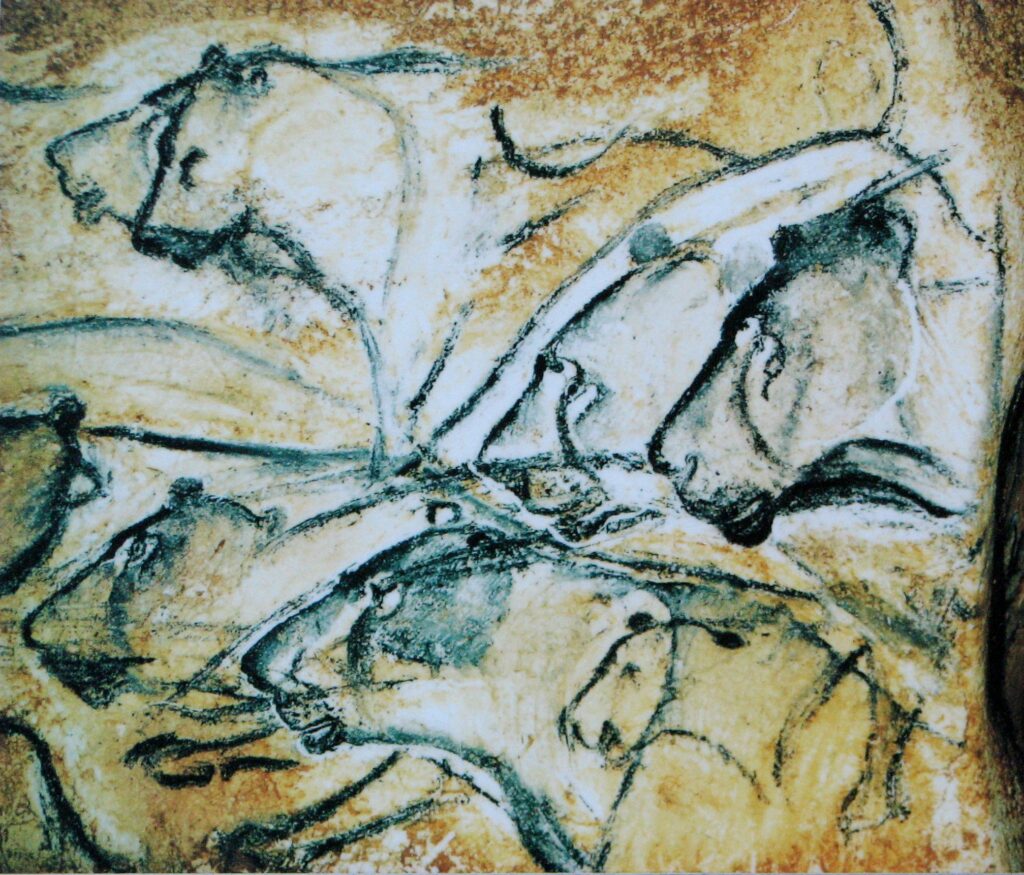
The Chauvet Cave paintings, created approximately 30,000 to 32,000 years ago, are some of the most remarkable and earliest examples of prehistoric art found in the Ardèche region of France. These artworks showcase a variety of animals, including rhinoceroses, lions, and horses, portrayed in stunning detail. The pigments, composed of natural elements such as charcoal and ochre, were applied with impressive sophistication for the time, with shading techniques that reveal an understanding of movement and depth. They were not only decorative but are believed to have held ceremonial significance, possibly related to early spiritual beliefs or rituals. Some images even suggest that prehistoric humans engaged in storytelling through their artwork. The discovery of Chauvet in 1994 challenged previous conceptions about the timeline of human artistic development, positioning these early humans as more skilled than previously thought. Two distinct periods of painting have been identified in the cave, which further points to its use over a long span of time.
Altamira Cave (35,000 BCE, Spain)

Altamira Cave in northern Spain is one of the most significant prehistoric art sites, with paintings dating back around 35,000 years. Its paintings include depictions of bison, horses, and other animals, painted in vivid red and black pigments. The most famous section of the cave, the Great Hall of the Polychromes, features large, lifelike animals that seem to move across the ceiling. The artists used the natural contours of the cave walls to give their images a three-dimensional effect, showcasing an advanced understanding of perspective. They were discovered in the 19th century and were initially met with skepticism, as many believed that prehistoric humans were not capable of such sophisticated art. However, the authenticity of the paintings was eventually confirmed, solidifying Altamira’s place as a key site in the study of Paleolithic art. Today, the original cave is closed to the public to prevent further damage, but a replica allows visitors to experience the awe-inspiring art.
Kapova Cave (36,000 BCE, Russia)
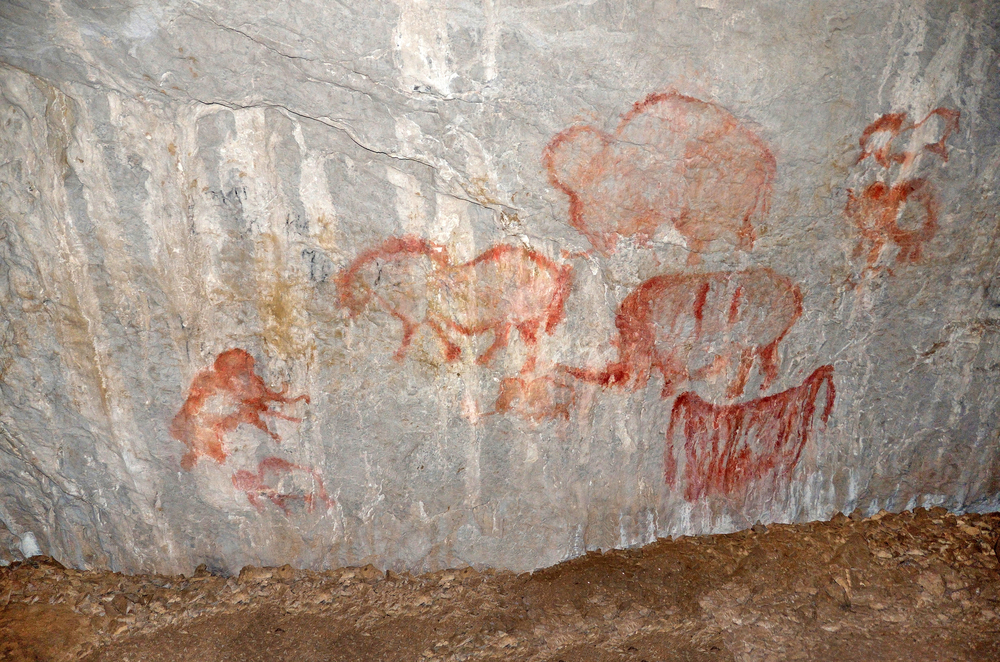
Kapova Cave, located in the Ural Mountains of Russia, features paintings that are about 36,000 years old, making them some of the oldest in Eastern Europe. Its interior is adorned with images of mammoths, rhinoceroses, and horses, all painted in red ochre. These animals are depicted with impressive detail, suggesting that the artists had a keen understanding of the wildlife around them. The paintings were discovered in 1959 and have since been studied extensively, revealing that the cave was used by early humans for both habitation and ritual purposes. The artists used simple brushes made from plant fibers or animal hair to apply the pigment, demonstrating early advancements in artistic tools. This site provides a crucial link to understanding the cultural practices of Paleolithic humans in this region. Due to its remote location and cold climate, the paintings have been well-preserved, allowing for ongoing research and conservation efforts.
El Castillo Cave Paintings (40,000 BCE, Spain)
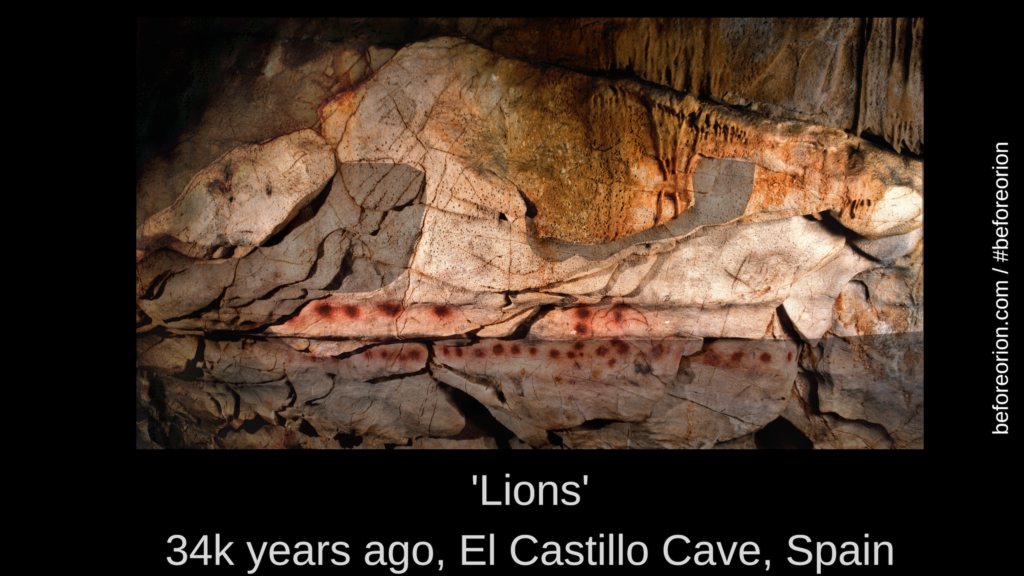
The El Castillo Cave in northern Spain holds some of the oldest known cave paintings, with some hand stencils dating back more than 40,000 years. These stencils, created by blowing red ochre pigment around the hands, are thought to be the work of Neanderthals, marking one of the earliest forms of symbolic communication. Alongside the handprints, there are red disks and other simple geometric shapes that adorn the cave walls. The use of ochre as a pigment highlights the early development of artistic techniques, and the placement of these symbols in deep, hard-to-reach areas suggests a ceremonial or spiritual significance. The discovery of these paintings has led to a reevaluation of Neanderthal cognitive abilities, indicating that they were capable of abstract thought and artistic expression. The El Castillo paintings offer a glimpse into the early artistic endeavors of humanity’s ancestors.
Lubang Jeriji Saléh Cave Paintings (40,000 BCE, Indonesia)
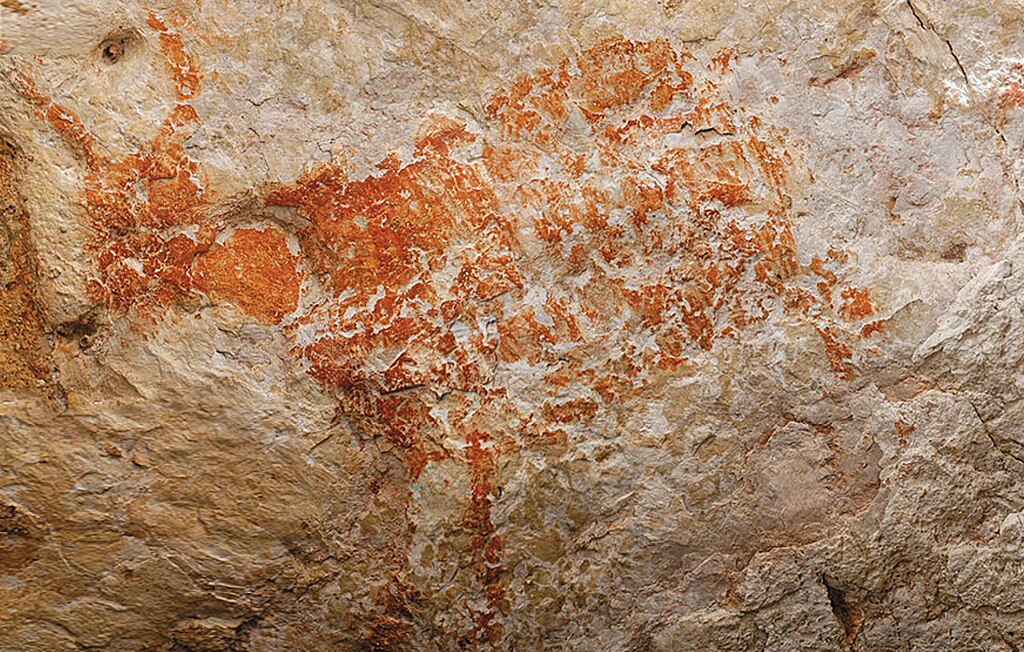
The Lubang Jeriji Saléh cave system in Borneo, Indonesia, is home to one of the oldest known figurative paintings, dating back around 40,000 years. The artwork depicts a thin-legged animal, possibly a type of wild cattle, painted in reddish-orange ochre. This discovery has broadened the geographical scope of early human artistic activity, which was previously believed to be concentrated in Europe. The use of ochre as a pigment suggests that the artists employed similar techniques to their European counterparts, and the artwork may have held religious or cultural significance. The fractured and weathered nature of the painting has sparked debate among archaeologists, but its age remains a significant milestone in the understanding of prehistoric art. Lubang Jeriji Saléh’s discovery in 2018 shifted perspectives on where and how early human art developed. The cave continues to be a focal point for research into the migration patterns of early humans across Southeast Asia.
This article originally appeared on Rarest.org.
More from Rarest.org
12 Rare Mammals That Live in the World’s Tallest Mountains

High-altitude regions around the world are home to some of the most unique and uncommon mammals on the planet. They have adapted to survive in the harsh, cold, and rugged environments of the world’s tallest mountains. Read More.
15 Lesser-Known Species on the Brink of Extinction
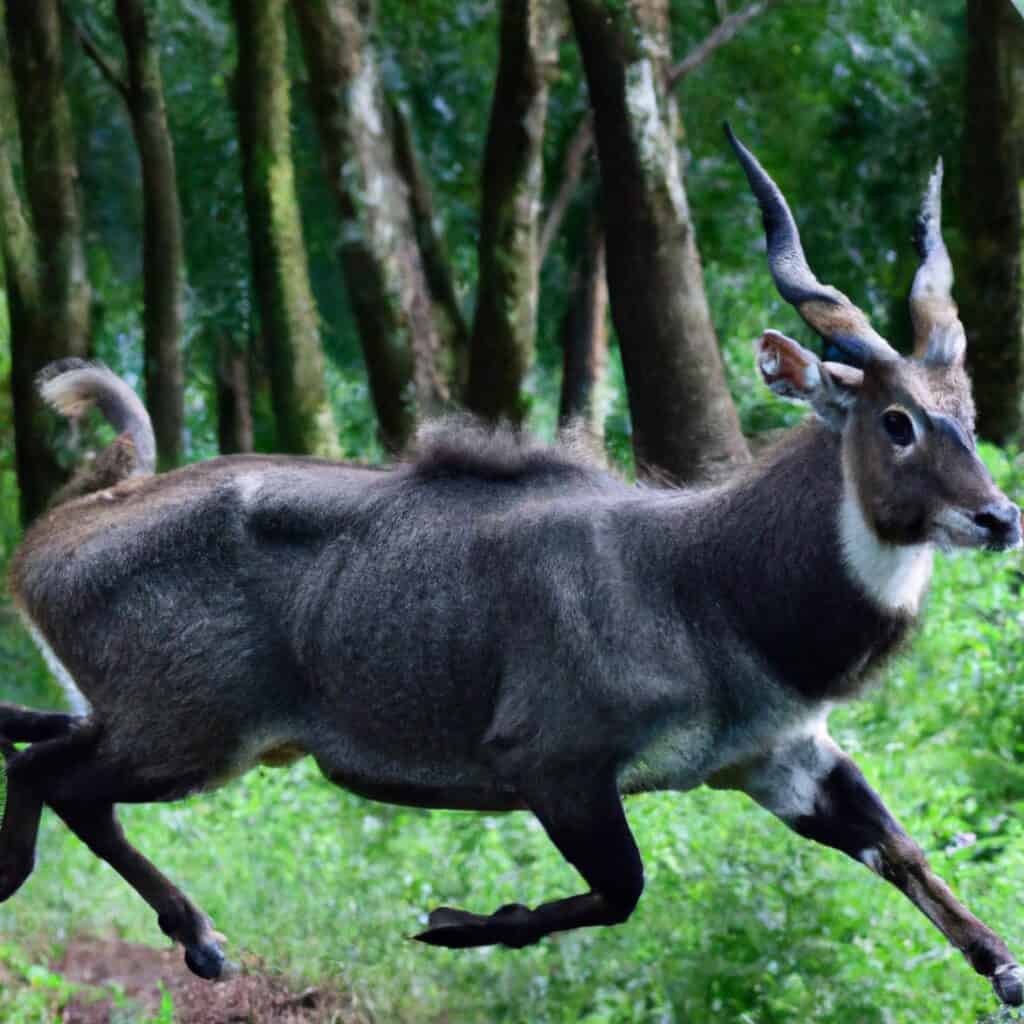
Many species around the world are facing the threat of extinction, but not all of them are well-known. While efforts to save popular animals like pandas and tigers often make headlines, lesser-known species are quietly disappearing at an alarming rate. Read More.
20 Graceful Marine Mammals That Glide Through the Ocean`s Depths
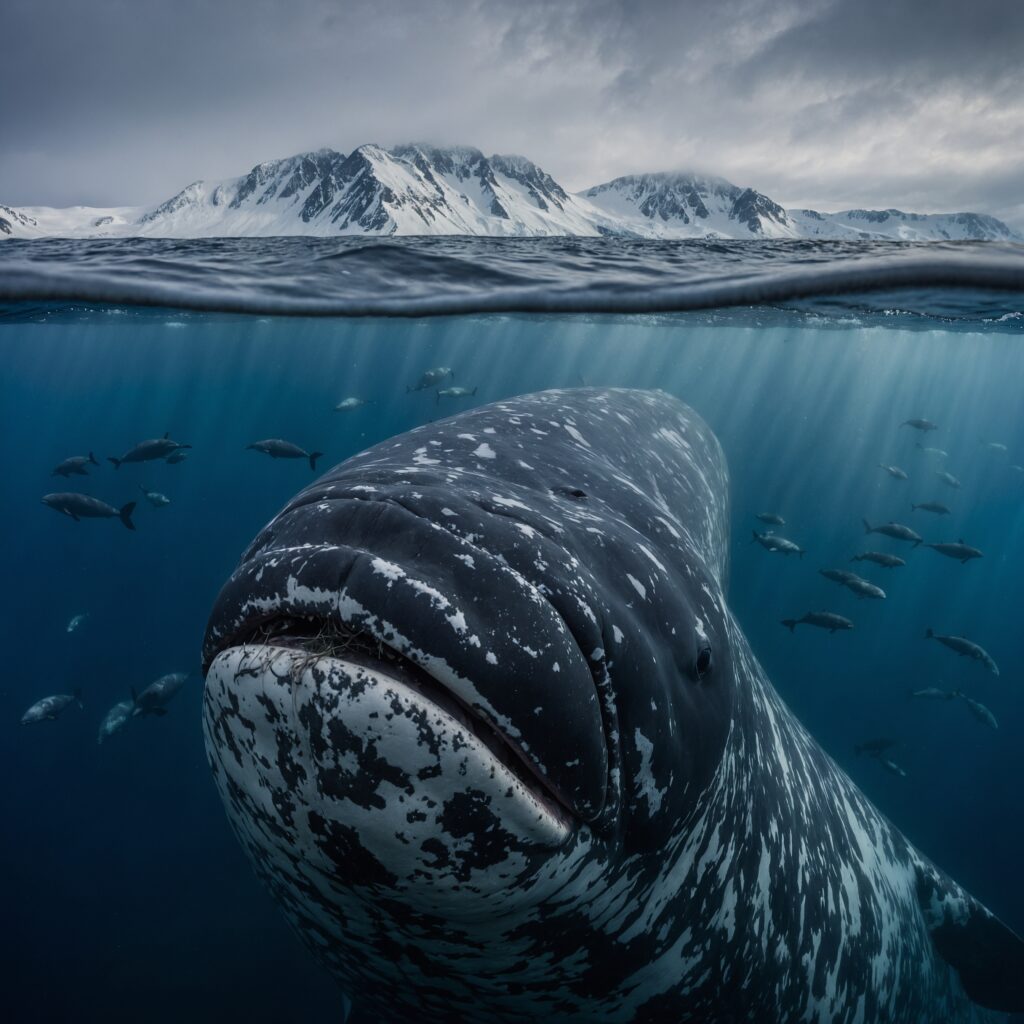
The ocean is home to some of the most graceful creatures on Earth. Marine mammals glide effortlessly through its depths, showcasing their beauty and power. Read More.
